I sometimes wonder if the impression that people get from my pictures of an event is a false one, and that they might find the actual events rather less interesting. As photographers we highlight certain aspects – those with visual interest – and ignore others. The viewer might sometimes get the impression that every person on a protest is in some way beautiful or eccentric or exotic or whatever the photographer’s particular obsession is.
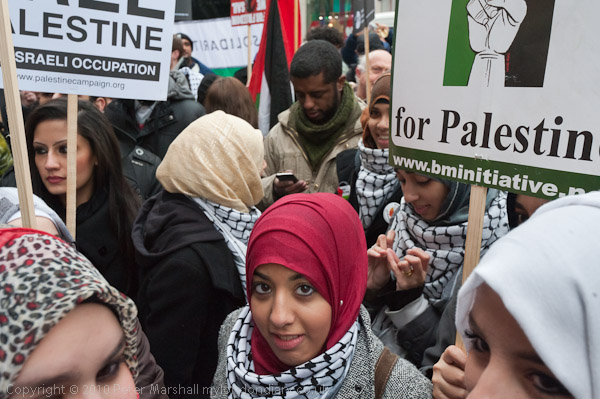
There are moods I get when everyone (or almost everyone) I see is in some way beautiful – and I get this without the aid of drugs! And if I’m able to take their photographs, these generally reflect at least something of that beauty that was in my mind as the beholder.
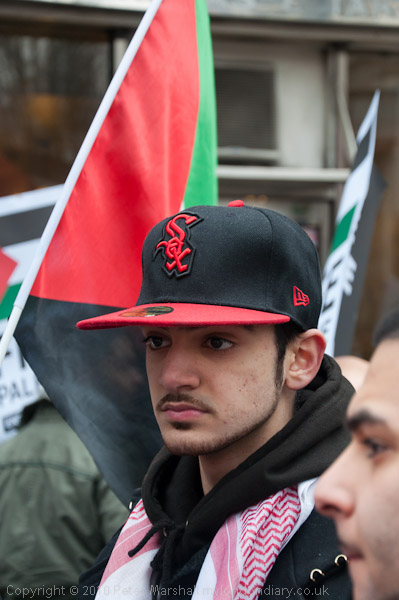
Perhaps the first and most important aspect of people that I’m drawn to is their eyes, whether natural or artificially enhanced. There are relatively few portraits that I like – photographic or otherwise – that don’t show the eyes, and long ago looking at my own work photographing people I decided that the pictures that for me did not work were largely those where I had neglected the eyes, either avoiding them on leaving them in deep shadow.
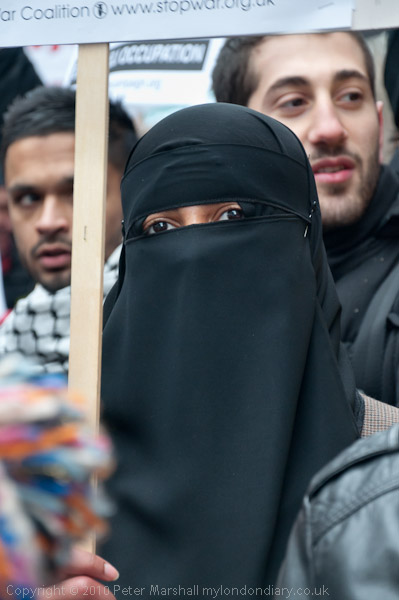
Of course there are exceptions. The image in a whole series of my granddaughter I took recently that gets the biggest response from my family members is in the middle of a set showing her eyes wide open with that baby wonder of viewing a fresh world. Then comes the one when Rose screws up her eyes in a cry of frustration. It would not work as well on its own as it is partly the contrast with the other images that makes the response. Seen as an isolated image we would perhaps be worried about her anguish.
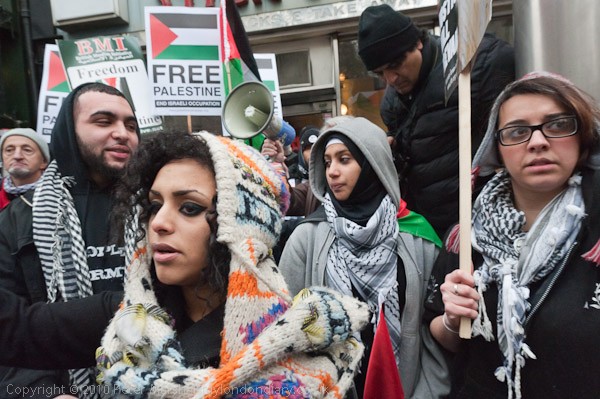
What – or rather who – I photographed at Monday’s demonstration was partly determined by where exactly I was during the event for different reasons. I spent much of the time in front of a small bench on which from time to time people stood to speak, to sing and to lead the chanting of slogans. There I was in the middle of a crowd of people and it was very difficult to move, and many of the pictures I took were of those relatively few people directly around me, mainly young women and girls in head scarves.
In some of these images it looks as if there was rather more space then there really was, as most of the time I was working with the 16-35mm lens.
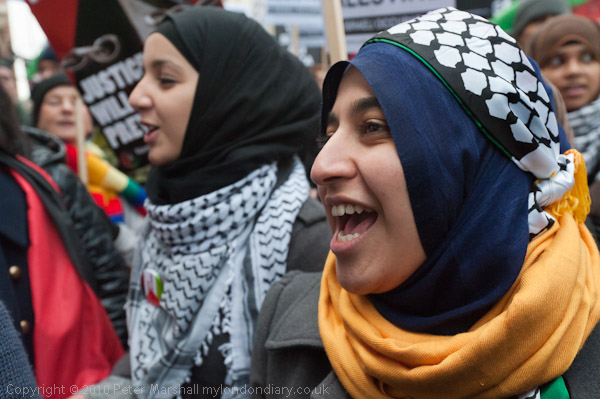
Of course as a still photographer there are many aspects of a protest that are not truly reflected in my images. You don’t hear the sounds or really see much of the movement, you don’t directly feel the crush of bodies, smell the fear or anger or sense the mood in the same way as if you were there. We have to try and find ways to convey some of this in our still images.
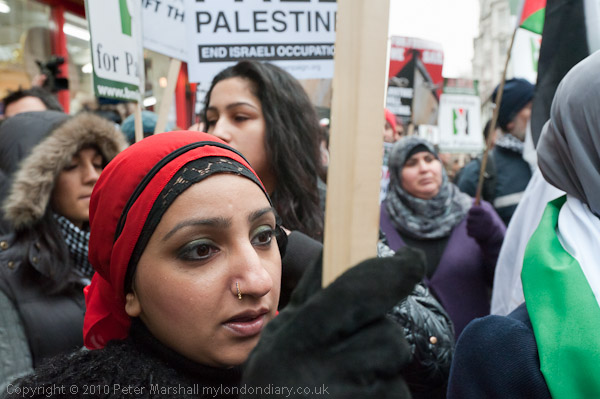
So photographers try to capture (and thus overemphasize) the action that takes place, rush towards the noisy areas where people are most animated in an attempt to give an impression that reflects what happened.
One of the great things for me about My London Diary (and also Demotix, where I currently post my stories first) is that on both I can cover things in depth both with pictures and also in text. There you can read about the London Vigil For Gaza and see a rather large selection of my pictures from the event.